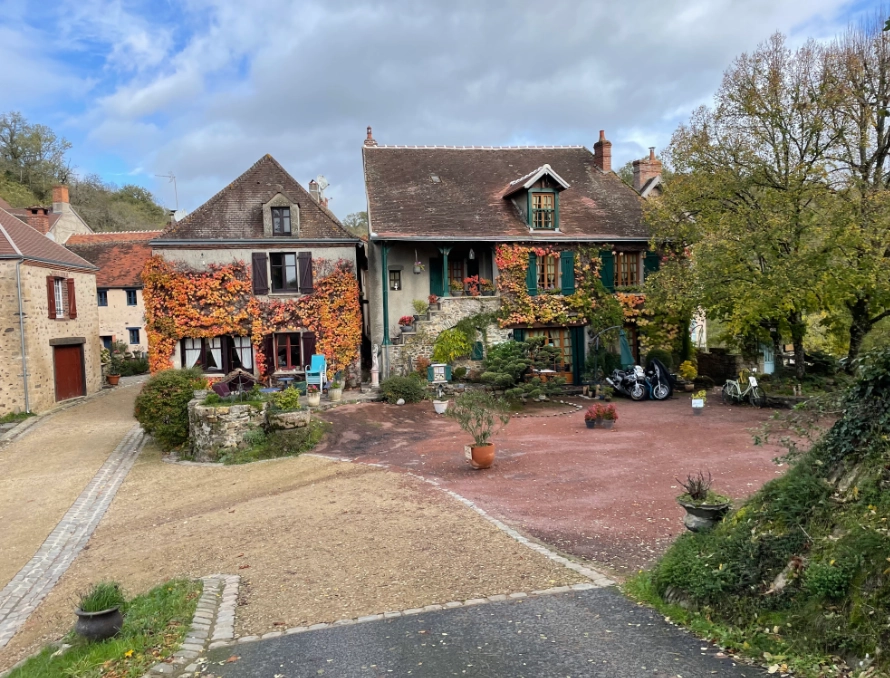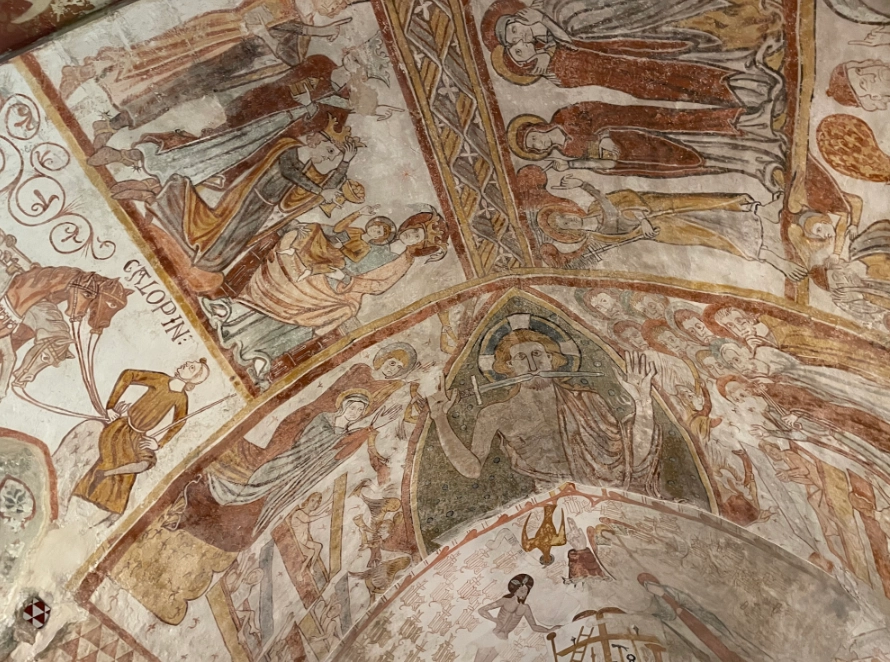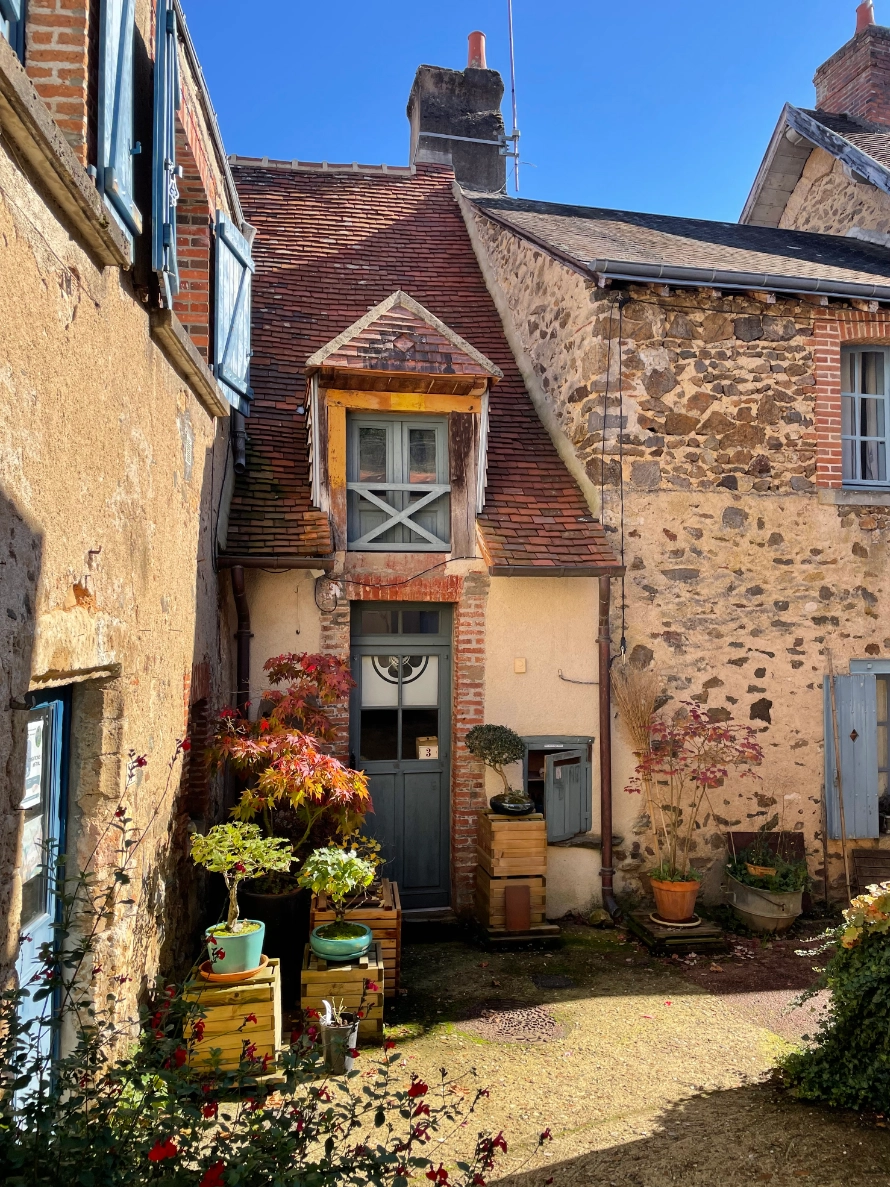Gargilesse: A village where history and art come to life
Gargilesse is one of those rare villages that manages to feel timeless without ever being stuck in the past. Nestled in the valley of the Creuse river in the Berry region, it’s a place where history, culture, and everyday life come together in a way that’s both relaxed and inspiring. For anyone interested in French heritage, art, or simply a quiet place to explore, Gargilesse offers plenty to discover.
A village with deep roots
Gargilesse’s history goes back well over a thousand years. The village grew up around a strategic position overlooking the river Creuse, and its name is thought to come from a local Roman or early medieval figure named Gargilius. By the 12th century, the Counts of Gargilesse had established a castle here, and the village became a minor but important stronghold.
Over the centuries, Gargilesse’s castle saw its share of conflict. It was damaged during the wars of religion and the Fronde, eventually falling into ruin before being replaced by the elegant 18th-century château that still stands today. The château has since become a cultural centre, hosting exhibitions and events that keep the village’s artistic spirit alive.

The church and its crypt: a must-see
At the heart of Gargilesse stands the Church of Notre-Dame, a 12th-century Romanesque gem that is central to the village’s identity and one of the best-preserved in the region. Its architecture is remarkable for such a small place, with 120 intricately carved capitals illustrating biblical stories, serving as a vivid picture book for medieval villagers who couldn’t read. The church was originally built to house a statue of the Virgin Mary brought back from the Crusades by Hugues de Naillac, a local lord who fought in the Holy Land.

But the real treasure lies beneath, in the crypt, where a series of frescoes dating from the 12th to the 16th centuries were rediscovered in the 1960s. These paintings, with their colours and figures remarkably intact, offer a rare glimpse into medieval religious art and the spiritual life of the time. Stepping into the crypt is a quiet, almost meditative experience, a chance to encounter a world where faith and art were deeply intertwined, and where local history meets the broader story of medieval Europe. For visitors interested in art, history, or simply the atmosphere of a place that has endured through centuries, the church and its crypt are not to be missed.
George Sand’s retreat in Gargilesse
One of Gargilesse’s biggest claims to fame is its connection to George Sand, the 19th-century writer who remains one of France’s most influential literary figures. In 1857, Sand and her companion Alexandre Manceau discovered Gargilesse almost by chance. They were captivated by the village’s peaceful atmosphere and natural beauty, and Manceau bought a small house there for Sand, which they called Villa Algira.
This modest home became a refuge for Sand, a place where she could escape the demands of Parisian life and focus on her writing. She worked on several novels while staying here, drawing inspiration from the landscape and the local people. Today, Villa Algira is a museum open to visitors, offering a glimpse into Sand’s life and creative process.

A living village of artists
Gargilesse has long attracted artists, drawn by the quality of light and the quiet countryside. Painters like Armand Guillaumin and Léon Detroy found inspiration here in the late 19th and early 20th centuries. Monet even spent time in the region, capturing the Creuse valley’s changing moods.
Today, the village continues to be an artistic hub. Many painters, sculptors, and craftspeople live and work here, contributing to a vibrant creative community. One notable contemporary artist is Sabine Halm, known for her innovative textile and lace work. Her studio is open to the public at times, and her presence is a reminder that Gargilesse’s artistic tradition is very much alive.
The Maison de Léon Detroy, now a gallery and museum, is another highlight for visitors interested in the village’s artistic heritage.

What to see and do in Gargilesse
- Church of Notre-Dame
Explore the Romanesque architecture and don’t miss the crypt with its frescoes. It’s a quiet and fascinating spot. - Villa Algira
Step inside George Sand’s home and museum. The house is small but packed with history and personal touches. - The château
The 18th-century manor hosts exhibitions and offers lovely views over the valley. It’s worth a stroll through its gardens, too. - Village streets
Take your time to browse the galleries and studios. The village is small enough to explore on foot but rich enough in detail to keep you interested. - Café Ô Gargilesse
This friendly café is popular with locals and visitors alike. It’s a great place to soak up the view, enjoy some regional food, and watch the world go by. - Walk along the river Creuse
The Creuse valley offers pleasant riverside paths. It’s a peaceful way to experience the landscape that has inspired so many.
Practical information for visitors
- Getting there
Gargilesse is best reached by car. It’s about 30 minutes from Argenton-sur-Creuse, which has train connections to Paris and other cities. - When to visit
The village is pleasant year-round. Spring and autumn offer mild weather and fewer crowds. The annual Harp Festival in August is a cultural highlight. - Accommodation
There are several guesthouses and small hotels in Gargilesse and nearby villages. Booking in advance is advisable during summer.

